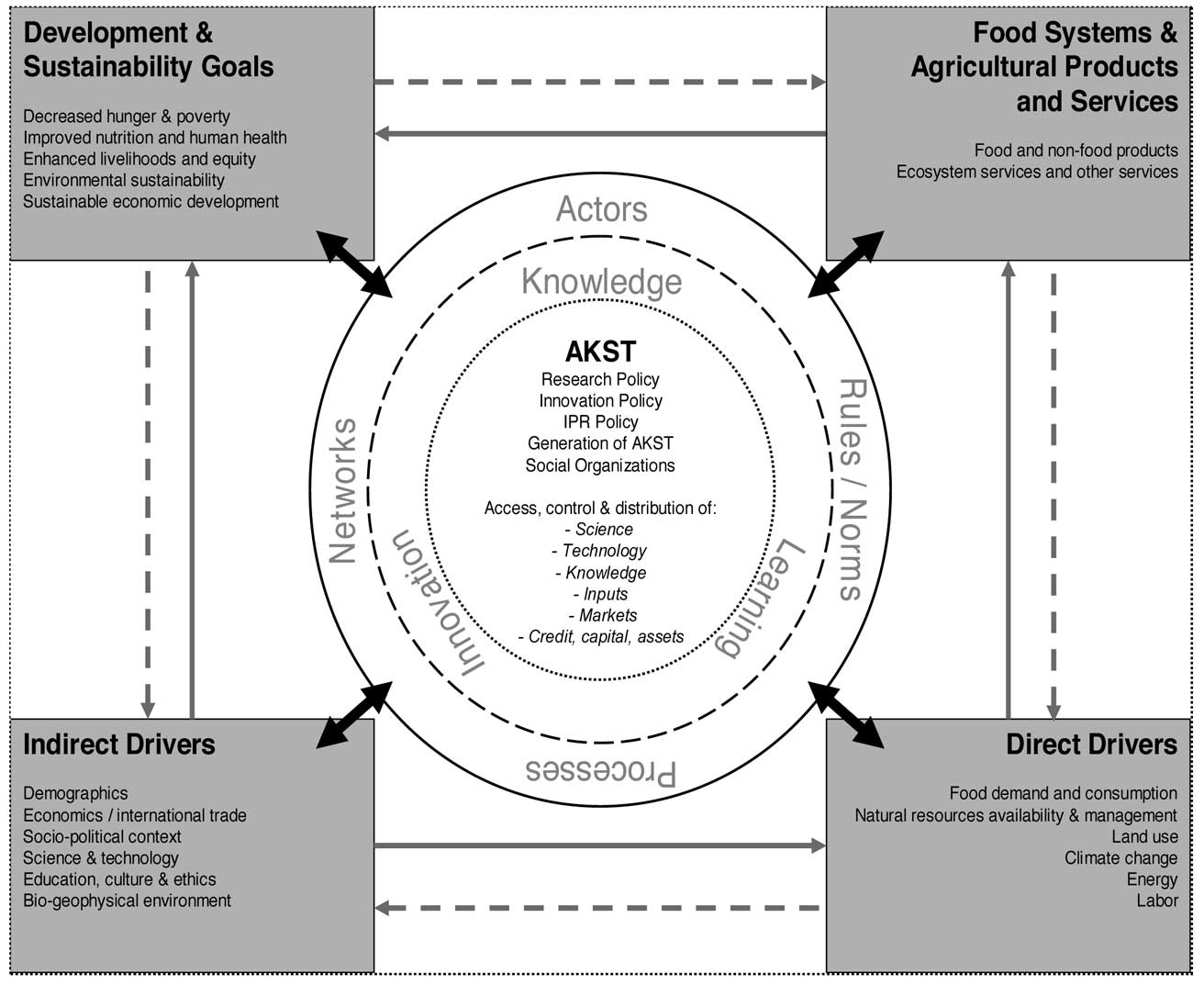
| Previous | Return to table of contents | Search Reports | Next |
| « Back to weltagrarbericht.de | ||
Contextual Realities | 3
Table 1-1. East and South Asia and Pacific (ESAP) countries
East Asia |
South Asia |
Pacific |
Brunei Darussalam |
Bangladesh |
Australia |
Cambodia |
Bhutan |
Fiji |
China, People's Republic of |
India |
Kiribati |
Indonesia |
Maldives, Republic of |
Marshall Islands, Republic of |
Japan |
Nepal |
Micronesia, Federated |
Korea, Republic of |
Sri Lanka |
States of |
Lao, People's Democratic Republic |
|
New Zealand |
Malaysia |
|
Palau, Republic of |
Mongolia |
|
Papua New Guinea |
Myanmar |
|
Samoa |
Philippines |
|
Solomon Islands |
Singapore, Republic of |
|
Tonga |
Thailand |
|
Vanuatu |
Timor-Leste |
|
|
Democratic Republic of Vietnam |
|
|
from external or internal sources—including traditional ones. 1.2.1 Agroecology, climate and natural resources |
|
ESAP has very divergent climatic zones, from temperate to arid. Monsoon, the region's most important climate feature, is the wind system that dominates the climate of South Asia and the area around the Indian Ocean. Differential heating and cooling of landmass and oceans between summer and winter creates seasonal reversals of direction. The wind blows from the northeast, toward the sea, in winter—the dry monsoon—and from the southwest, toward the land, in summer—the wet monsoon (Banglapedia, 2006). |

Figure 1-1. Conceptual framework for IAASTD.
| Previous | Return to table of contents | Search Reports | Next |
| « Back to weltagrarbericht.de | ||